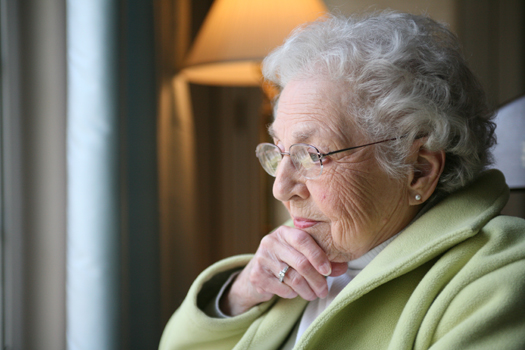Social Isolation and Loneliness—The Realities of Modern Life (and what we can do to change that)

It seems to happen to me more frequently, an older adult at the grocery store, or in line at the library, striking up a conversation. On the surface, that might seem normal, and it is, but most of these interactions are more prolonged, with a deeper intention and urgency than I’ve experienced in the past. Maybe it’s just that I’ve gotten older and I’m noticing it more, taking time to pay attention to the nuances of interactions, be they older adults talking with grocery clerks or bank tellers, or in line at a coffee shop chatting with other patrons. There is a tendency to linger, to want to talk longer, to ask questions, to engage.
I share this to illuminate what I witness and experience daily, and their association with what I know through personal and professional experience to be growing issues—social isolation and loneliness—especially among older adults. Many things can contribute to this, of course—health (physical, mental, and emotional), access to health care, transportation, indifference of others, mobility, income, safety, family systems, social networks, geography, housing, ageism, longevity, and more. And yes, I do believe that technology is playing a role, as it can contribute to distraction, disconnection, and less meaningful one-on-one interaction.
In early 2018, Britain’s Prime Minister, Theresa May, announced the creation of a new government role, the Minister of Loneliness. Recognizing the growing public health problems associated with loneliness, …
Read more of this article in the March 2018 issue of AgeWise King County (click here) …
![Aging & Disability Services for Seattle & King County [logo]](https://www.agingkingcounty.org/wp-content/themes/sads/images/seattle-ads-logo.png)